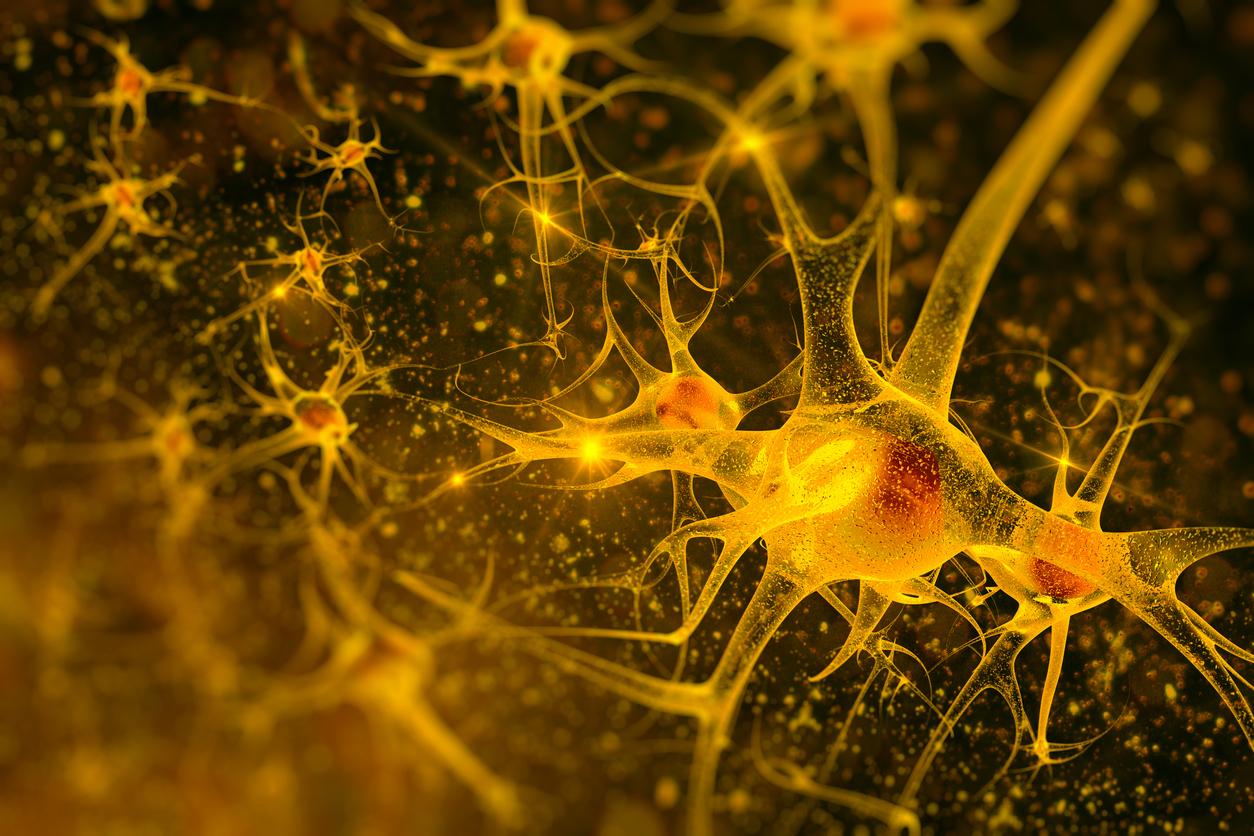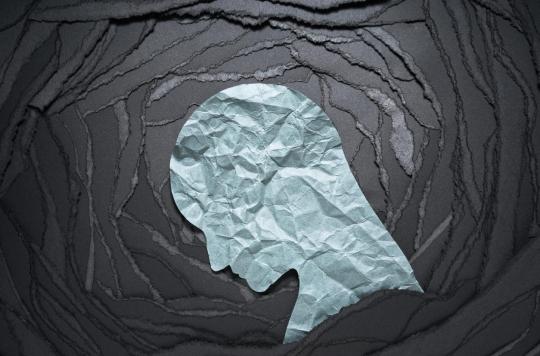The North Korean president’s half-brother was reportedly poisoned by one of the world’s most potent nerve agents, VX.

The images were looped. Captured by CCTV cameras at the airport, they froze the last moments of Kim Jong-nam’s life in Kuala Lumpur, Malaysia. The man checks one last time that his plane is on display, before heading to the right hall. A woman dressed in a white t-shirt then appears. The quality of the image is poor but we can see him, briefly grabbing Kim Jong-nam and leaving immediately.
Man does not die instantly. First, he seeks help in the airport, asks to be transported to the infirmary and then to the hospital, where he will never arrive. In the ambulance, Kim Jong-nam dies of a heart attack.
The deadliest gas
Today we know the murder weapon. Malaysian toxicology experts revealed on Friday that VX, a banned nerve agent, was used to murder Kim Jong Un’s half-brother. He was allegedly injected by the woman in the t-shirt using a syringe, who later claimed that she believed she was participating in a hidden camera.
This poison, ten times more potent than sarin gas, one of the deadliest ever produced in the world, was mass-produced during the Cold War. Designed by Americans, it is a painless and odorless organophosphate component. In its pure state, it looks like motor oil. It’s stable enough to be transported and difficult to detect, a plus for a would-be assassin.
But it is a persistent agent, capable of contaminating places for a long time. “It can kill an adult of 70 kilos with only five milligrams on the skin”, thus indicates Yosuke Yamasato, former principal of the School of chemistry of the Japanese ground self-defense forces, quoted by AFP.
Weapon of mass destruction
VX quickly attacks the nervous system. Low dose exposure does not necessarily lead to death. But a larger contamination acts very quickly. A person exposed to this toxin may experience difficulty breathing and nausea within a few minutes. In high doses, VX can cause unconsciousness, heart failure or respiratory arrest.
Antidotes exist, but treatment must be immediate. During the First Iraq War, American soldiers carried kits with an injectable antidote.
Tens of thousands of tonnes of VX were mass produced in the United States – a stock that was finally destroyed in the late 1980s, when the Cold War was drawing to a close. Accidental leaks have been reported in the United States and Japan. The VX, whose effects are devastating, was not often used as a weapon of war.
Residues found at one site suggest that former Iraqi dictator Saddam Hussein may have used VX among chemicals spilled in 1988 in the Kurdish town of Halabja, where at least 5,000 people perished. In 1994, the Japanese Aum sect used VX in the murder of an office worker in Osaka and attempted manslaughter on two other people.
The VX is on the UN list of weapons of mass destruction. According to the International Convention on the Prohibition of Chemical Weapons (CWC), countries must declare their stocks of VX and are obliged to destroy them gradually.
.

















